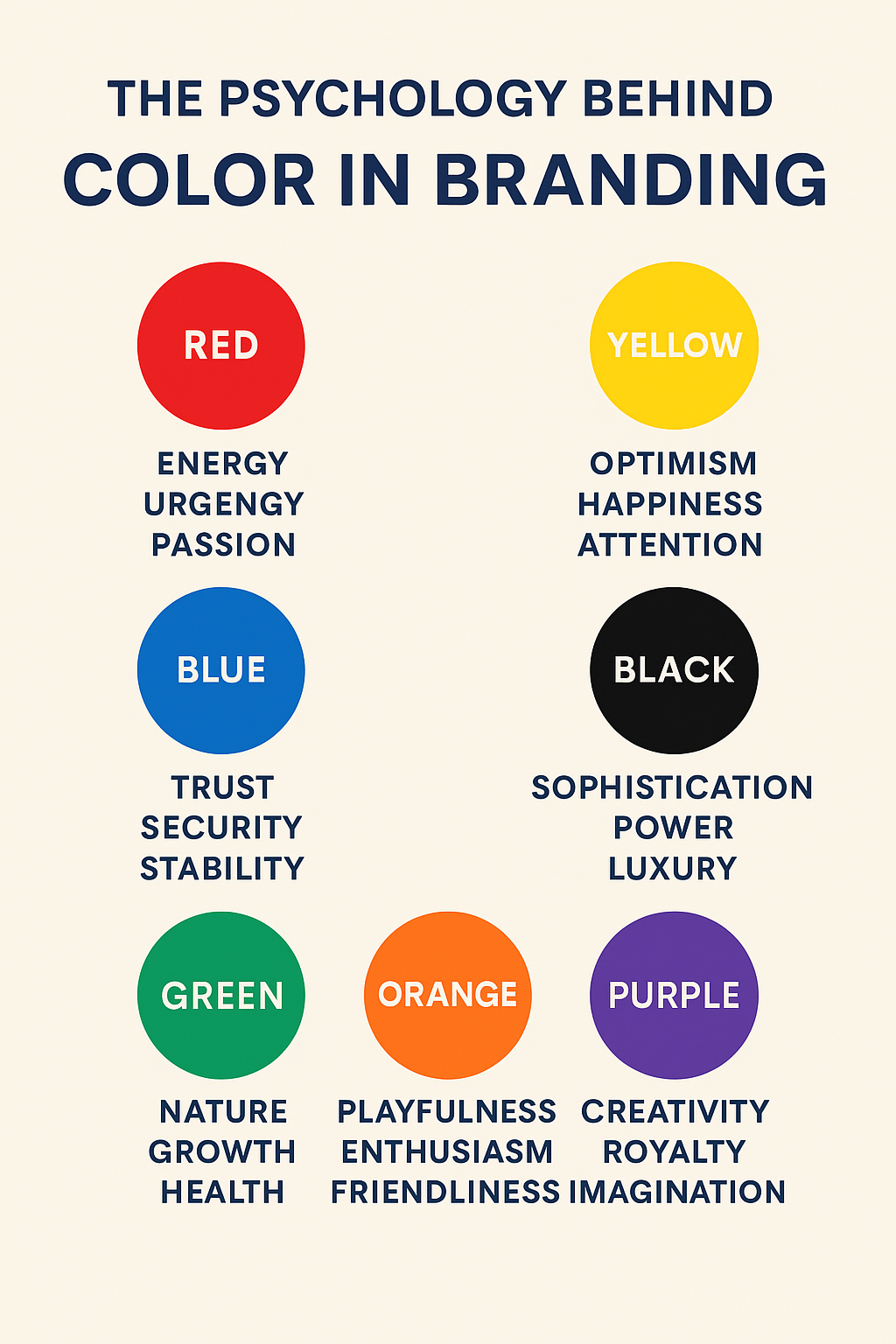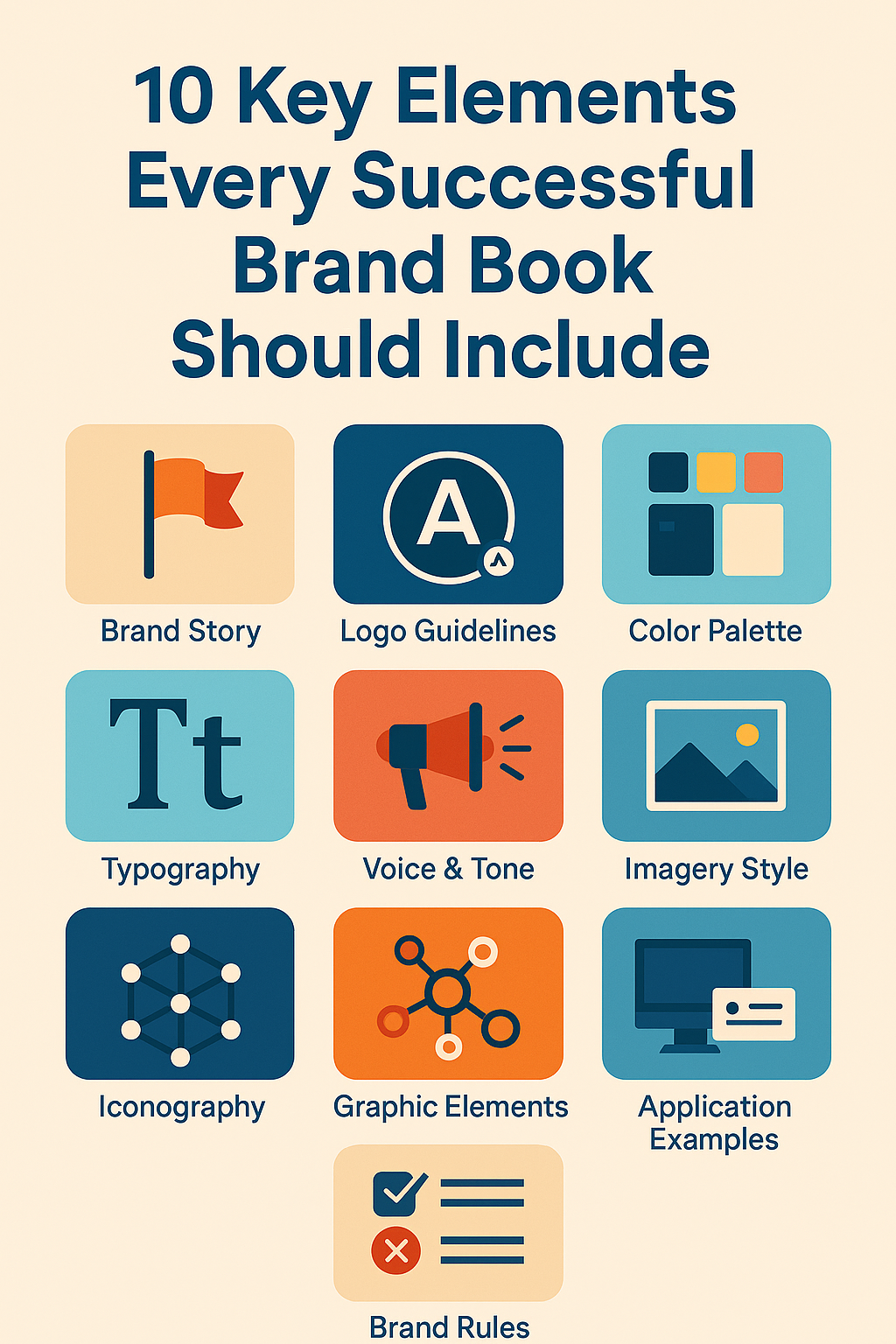
Creating Brand Guidelines for Social Media
Introduction In today’s digital age, where a brand’s social media presence can make or break its reputation, consistency is not optional—it’s essential. Social media is more than just a channel for updates; it’s a reflection of your brand’s voice, values, and visual identity. This is where brand guidelines for social media come into play. Whether you’re a startup building a presence from scratch or an established company scaling globally, cohesive branding across platforms like Instagram, LinkedIn, Facebook, and X (formerly Twitter) is vital. Let’s break down how to craft brand guidelines tailored specifically for social media. Why Social Media Needs Its Own Brand Guidelines While traditional brand books offer broad design and messaging rules, social media requires its own blueprint due to its dynamic and fast-paced nature. Each platform has different audiences, formats, and best practices. Without platform-specific guidelines, even strong brands can appear fragmented or out of sync. Key reasons for specific guidelines: Core Elements to Include in Your Social Media Brand Guidelines Benefits of Social Media Brand Guidelines Implementation Tips Conclusion Creating brand guidelines for social media isn’t just about looking good; it’s about building a brand that people remember, trust, and want to engage with. By investing in a solid set of social media guidelines, you empower your team to post with clarity, creativity, and confidence—no matter the platform. FAQs 1. Why are social media brand guidelines different from general brand guidelines?Social media guidelines are tailored for real-time content, audience interaction, and diverse visual formats that general brand guidelines don’t always address. 2. What’s the first step in creating social media brand guidelines?Start by auditing your existing platforms. Identify what’s consistent, what’s not, and what your audience engages with most. 3. Do small businesses need social media brand guidelines?Absolutely. Even if you’re a one-person team, guidelines help maintain consistency and make scaling easier. 4. How often should brand guidelines be updated?Ideally every 6–12 months, or whenever you experience a rebrand, platform update, or major shift in content strategy. 5. What tools can help with creating these guidelines?Use platforms like Canva for templates, Notion for documentation, and Figma for visual rules. AI tools can also streamline tone-of-voice creation and content review.






